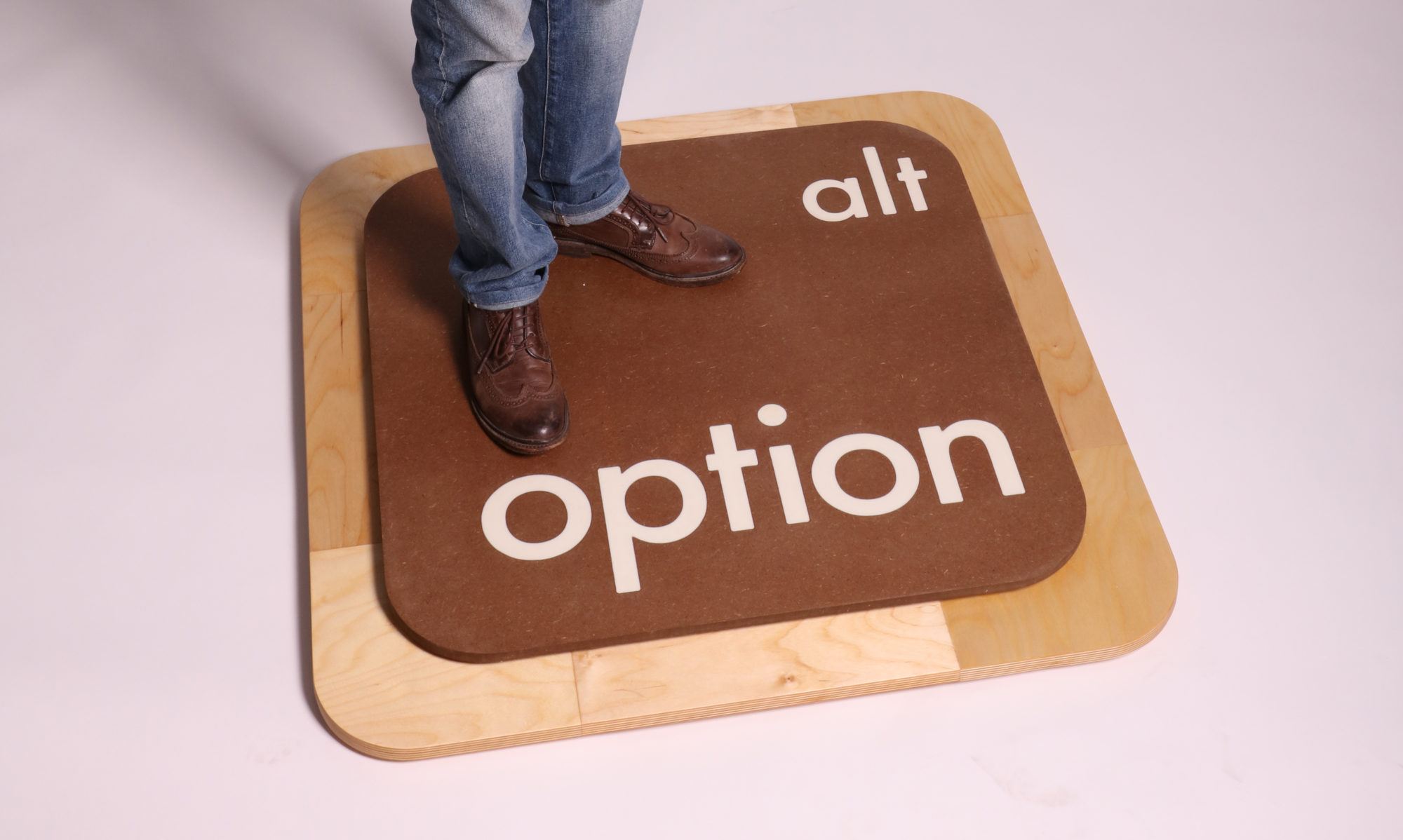- What are the challenges a team faces when working on an educational game? Teams consist of people with different specialties and sometimes that can cause them to butt heads when they each have slightly different goals. For instance, “Game designers hope to create a highly interactive, compelling experience that is also fun to play. Pedagogy experts insist that the game must be an effective teacher. Content experts expect the game to include accurate, richly detailed content…” (p. 1). However, the challenges faced will definitely differ based on the type of educational game being developed.
- In the case study team members vetoed each others game ideas, what were the scientist’s, pedagogy expert’s and designer’s issues? The game designer wanted there to be levels built into the game, however the pedagogy expert took issue with this. This is because, “From her point of view, she did not want the game to prevent learners from accessing learning content” (p. 2). If players could not pass level one, for instance, they would not be able to move forward in the game. More vetoing of ideas occurred when, “The game designer immediately dismissed game ideas proposed by the pedagogy expert and scientist because they did not constitute “a game.” The scientist immediately rejected many of the game designer’s ideas because the science was incorrect” (p. 2). Game designers also wanted to include strong elements of a designer’s story, but they did not mesh well with the scientists who felt that they weren’t scientifically accurate enough.
- What did the team learn from play testing their prototypes? “Playtesting the first prototype disproved three assumptions. The first was the scientist’s expectation that extinct creatures from Earth’s past would be so intrinsically interesting that the players would be motivated to read and explore as much as possible” (p. 3). Players mostly just ended up guessing instead of treating the game as an educational tool. The team also learned that players experienced different levels of motivation to finish the game, with the mostly female playtesters having very low motivations. This caused the team to reintroduce the idea of levels. More generally, the team was able to observe the amount of engagement, learning, and fun resulted from playing the game, which are all key factors to developing an effective educational game.
- How does play testing resolve conflicts among team members? I think that playtesting helps resolve conflicts among team members as the team is actually able to see where players may struggle with some parts of the game and where they are particularly interested in or excel at. Differing team members are then able to realize that maybe the other team member was right about this one mechanic or concept as they are able to observe the results of it being tested. Team members are also able to celebrate their successes together as they have players who begin to enjoy playing the game they made together.

design courses, syllabi, schedules, resources and policies